
Pests, diseases & anomalies
Pests
The most common pest is slugs, 'though the amount of damage varies. We find that there is little damage, particularly with the larger species and certainly less than we get with our Hostas. Others have reported more damage than suffered by Hosta.
If you grow Cardiocrinum from seed or grow-on small offsets in pots, keep a check for green/white fly on new leaves in the Spring and treat with a systemic insecticide. I've never seen fly infestation on plants in the ground but this is the probable source of viral infection.
Diseases
In general, they can suffer from the same diseases as Lilies but Cardiocrinum seem to be relatively free from disease.
The only one that has caused us trouble is shown on the right and is probably a virus but I've not been able to identify which, (suggestions welcomed).
They may also be prone to the Lily mozaic viruses; mainly Cucumber Mozaic Virus.
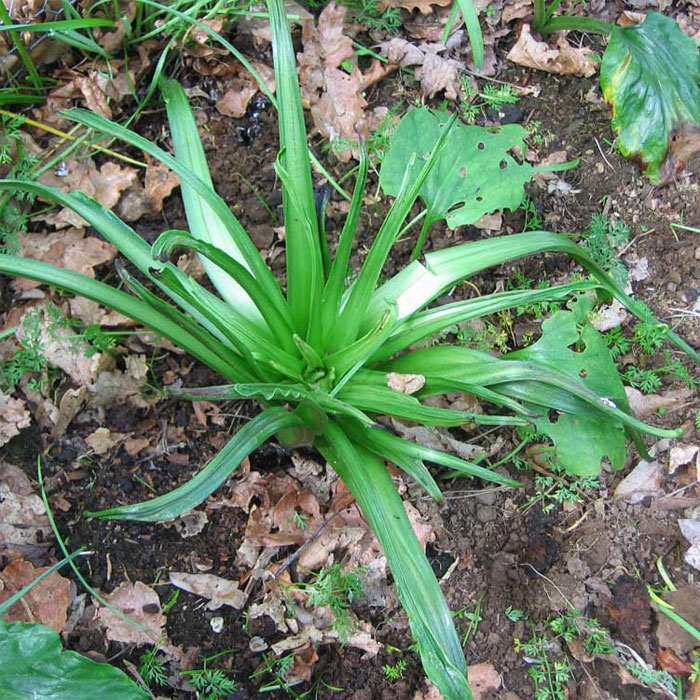
As with any virused material, remove the infected plant/s and burn or otherwise dispose of them in such a way that they can't infect others and avoid planting more Cardiocrinum in that area for a few years.
The above plant was the first we'd seen with this condition and we initally moved it to a quarantine area. The plant died that year but left an offset which showed no symptoms of leaf distortion and which will soon flower.
You need to be careful in your diagnosis of viral disease. Frost damage or damage to the growing apex of the plant can give a similar appearance; the difference being that, with damaged leaves, the later leaves will be normal
Anomalies
Premature flowering
If a medium to large bulb is disturbed after it's broken dormancy, it's liable to flower in that year. The result of this is that very short stems form and there are no offsets.
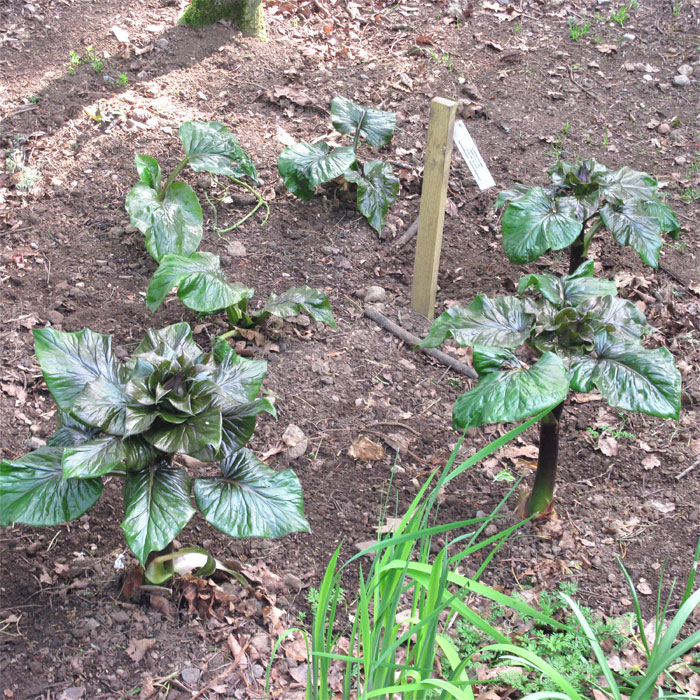
The picture on the left shows 3 offsets of Cardiocrinum cathayanum (hort.) which weren't moved until April 2013 as we had snow cover until April 7th.
They'd clearly broken dormancy before they were planted and started to grow a flowering stem.
They eventually flowered at about 18" - 24" tall!
Smaller bulbs won't flower if moved but it's likely that their flowering will be brought forward. This may be a way to get seedlings to flower earlier than the quoted 7 years but at the expense of offsets.
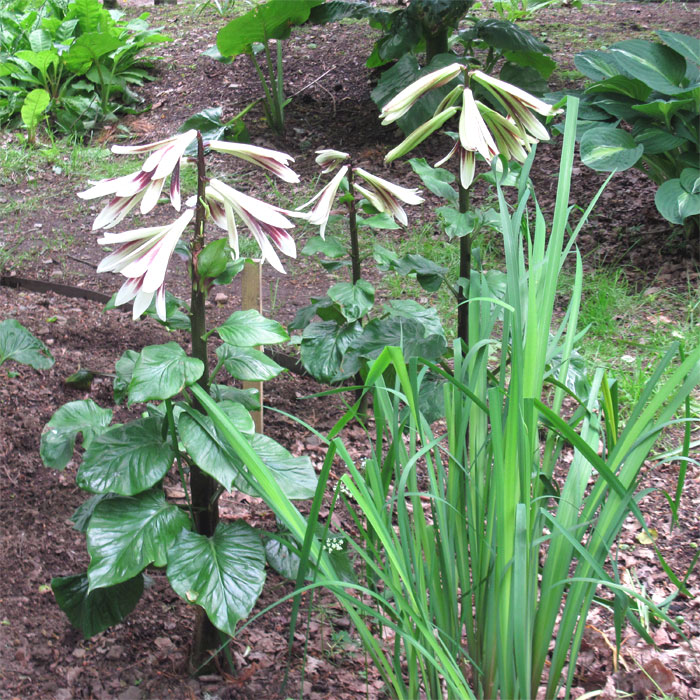
However, there must be other reasons for premature flowering.
The photos below show a C. giganteum yunnanense bought from a nursery. This was planted in May 2012 but in the spring of 2013 it started to grow a flower stem and finally flowered at about 9" tall!
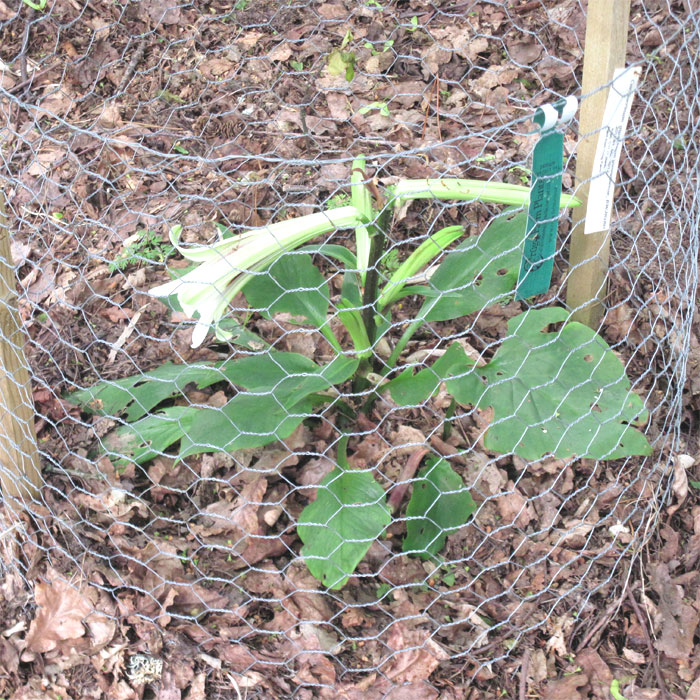
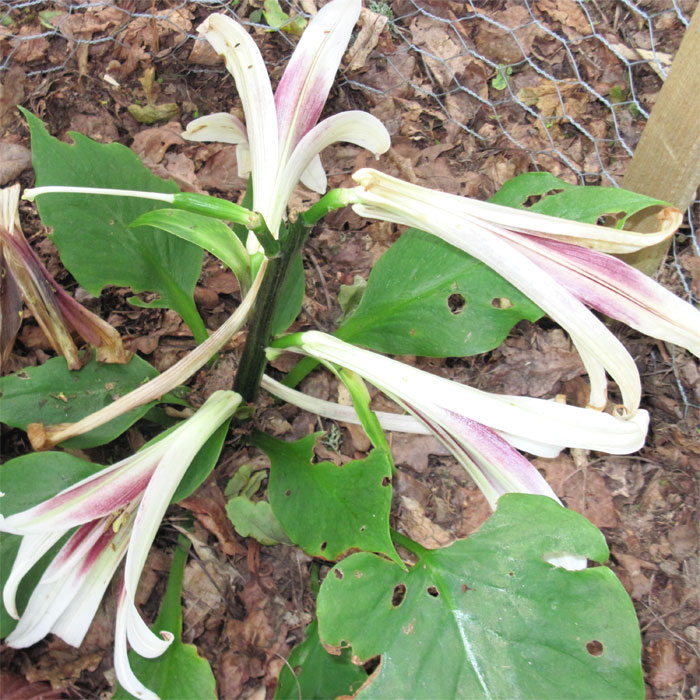
Multi-stemmed plants
In the spring of 2013 we had our eyes on a C. giganteum which, from the size of the bulb, looked like a possible contender for a new height record. However, as its growth continued, we saw that it was developing a quadruple stem!
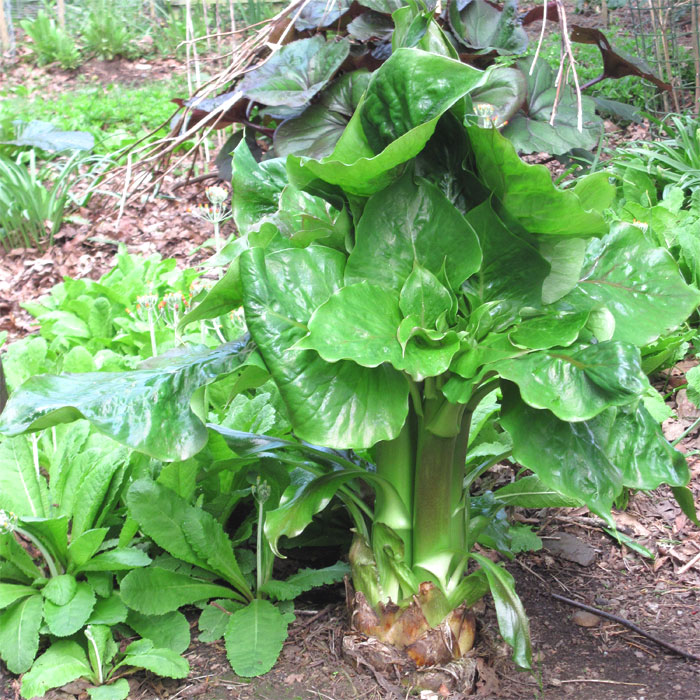
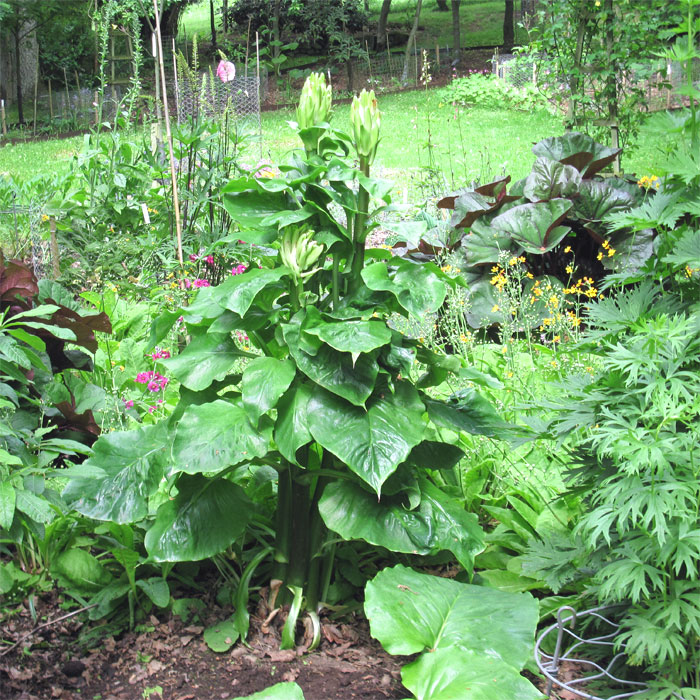
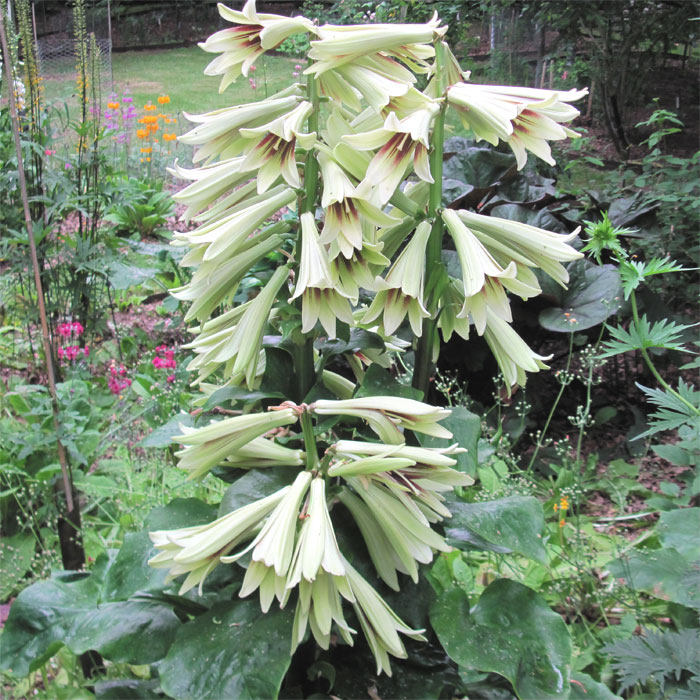
Whilst it didn't set a new record for height, it did for number of flowers; having a total of 54 on the four stems. I've no idea what causes this but, presumably, it's again slight damage to the growing apex in the spring?
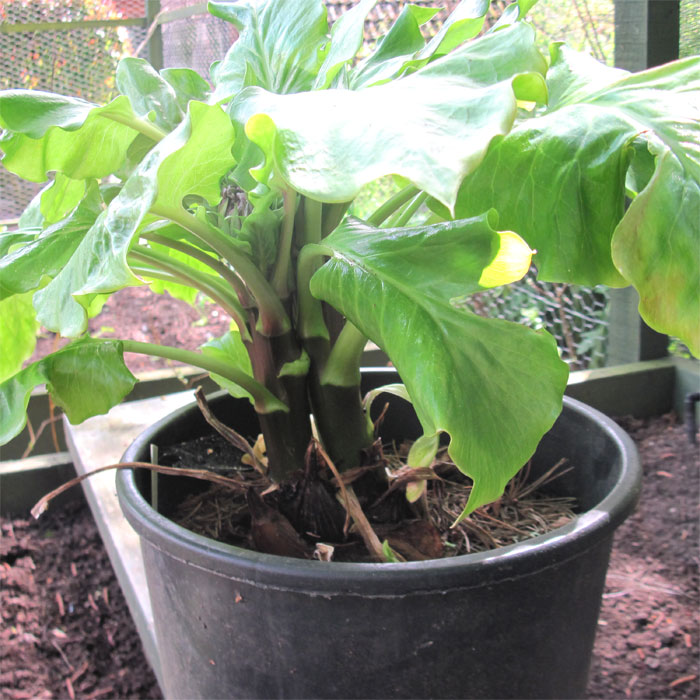
In 2014 one of the bulbs I'd been growing in a pot prepared to flower but this one developed a double stem, (and then died!)
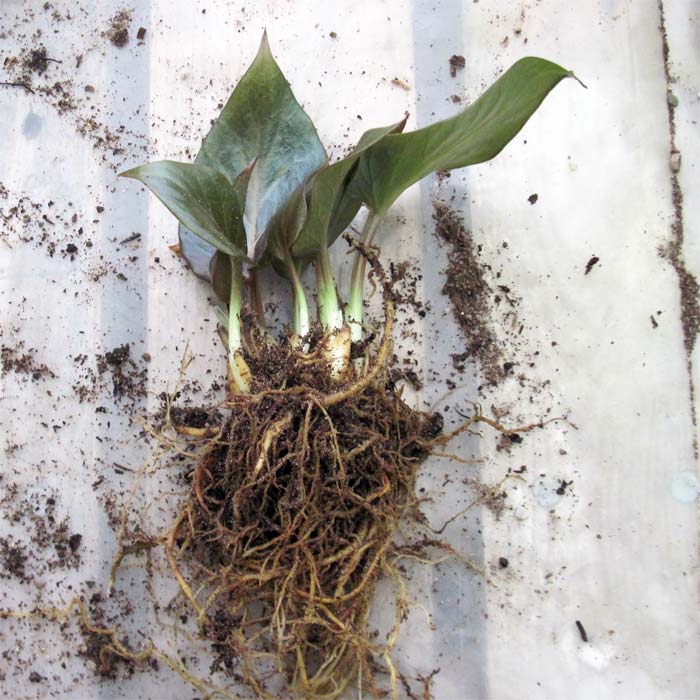
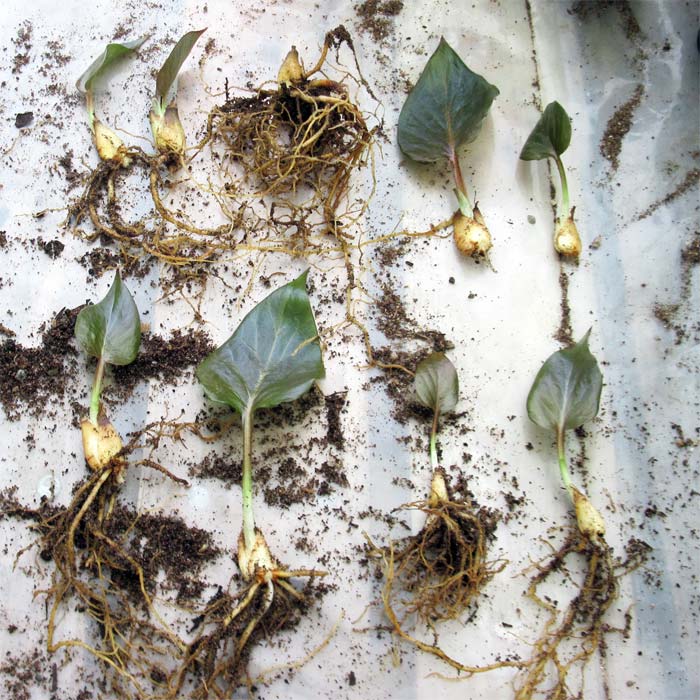
These were teased apart to give nine plants; allbeit two of which had no roots.
These were all potted up and we await developments.
Faciation
When examined closely after flowering, it could be seen that the raceme portion of the stem was faciate as shown above in the composite pictures of two images taken at 90° to each other. Presumably the large number of flowers resulted from what appears to be three conjoined stems. However, ~30 flowers/stem isn't bad!
